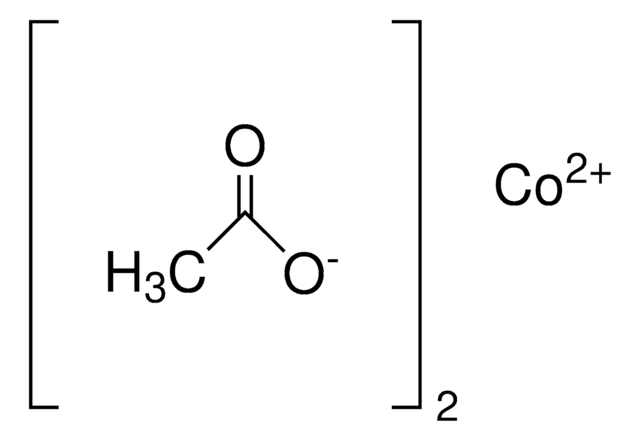279811
Bis(cyclopentadienyl)cobalt(III) hexafluorophosphate
98%
Synonym(s):
Cobaltocenium hexafluorophosphate
Sign Into View Organizational & Contract Pricing
All Photos(2)
About This Item
Empirical Formula (Hill Notation):
C10H10CoF6P
CAS Number:
Molecular Weight:
334.08
EC Number:
MDL number:
UNSPSC Code:
12161600
PubChem Substance ID:
NACRES:
NA.22
Recommended Products
Quality Level
Assay
98%
reaction suitability
core: cobalt
reagent type: catalyst
SMILES string
[Co+].[CH]1[CH][CH][CH][CH]1.[CH]2[CH][CH][CH][CH]2.F[P-](F)(F)(F)(F)F
InChI
1S/2C5H5.Co.F6P/c2*1-2-4-5-3-1;;1-7(2,3,4,5)6/h2*1-5H;;/q;;+1;-1
InChI key
IASMSXQWVNBFOM-UHFFFAOYSA-N
Application
Uses:
- Cocatalyst for Heck reaction of aryl iodides with alkenes using palladium as catalyst in water
- Reactant for modification of organometallic electrodes surfaces through cathodic reduction
- Reactant in synthesis and solution self-assembly of side-chain cobaltocenium-containing block copolymers
Signal Word
Warning
Hazard Statements
Precautionary Statements
Hazard Classifications
Acute Tox. 4 Dermal - Acute Tox. 4 Inhalation - Acute Tox. 4 Oral - Eye Irrit. 2 - Skin Irrit. 2 - STOT SE 3
Target Organs
Respiratory system
Storage Class Code
11 - Combustible Solids
WGK
WGK 3
Flash Point(F)
Not applicable
Flash Point(C)
Not applicable
Personal Protective Equipment
dust mask type N95 (US), Eyeshields, Gloves
Choose from one of the most recent versions:
Already Own This Product?
Find documentation for the products that you have recently purchased in the Document Library.
Customers Also Viewed
Javiera Cáceres et al.
Physical chemistry chemical physics : PCCP, 19(3), 2574-2582 (2017-01-07)
Biosupramolecular assemblies combining cucurbit[n]urils (CB[n]s) and proteins for the targeted delivery of drugs have the potential to improve the photoactivity of photosensitizers used in the photodynamic therapy of cancer. Understanding the complexity of these systems and how it affects the
Our team of scientists has experience in all areas of research including Life Science, Material Science, Chemical Synthesis, Chromatography, Analytical and many others.
Contact Technical Service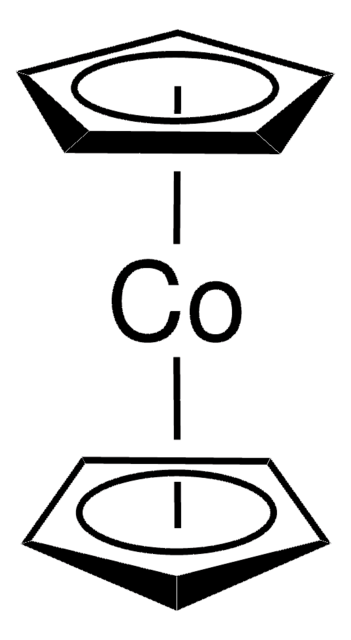
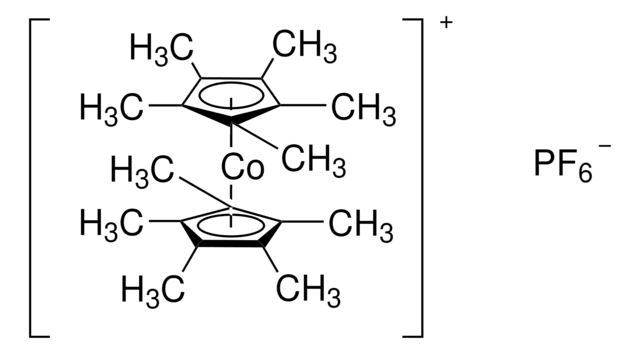
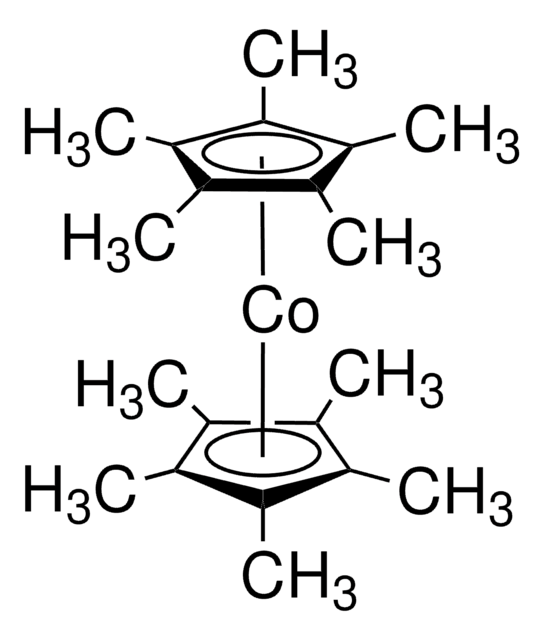
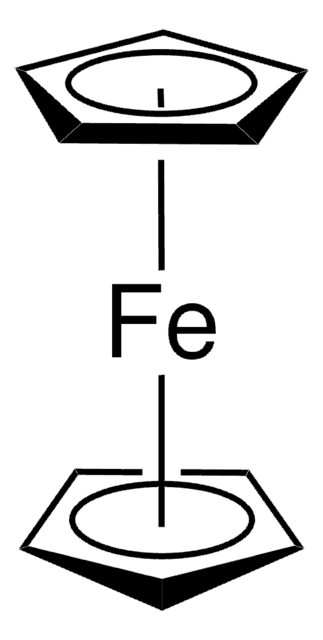

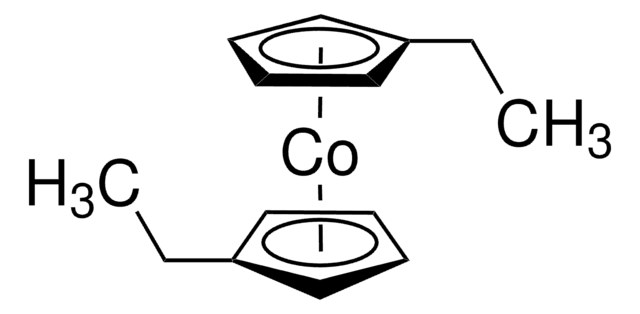

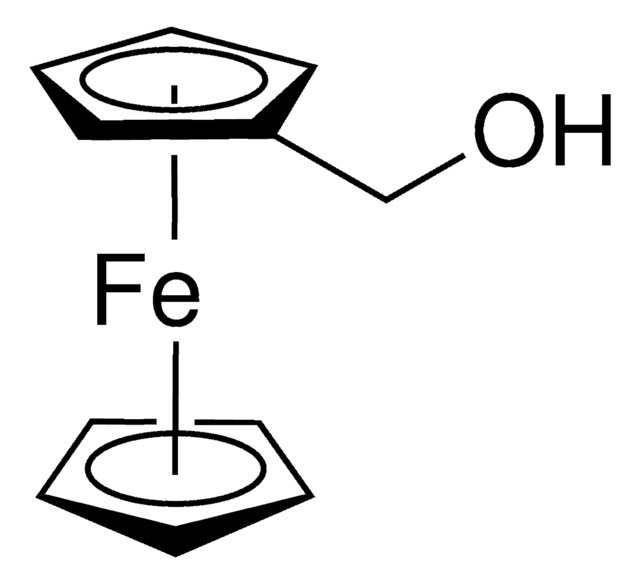
![1-Chloromethyl-4-fluoro-1,4-diazoniabicyclo[2.2.2]octane bis(tetrafluoroborate) >95% in F+ active](/deepweb/assets/sigmaaldrich/product/structures/206/487/53d52ee5-ef71-4e9a-9bc8-938b68b98d5d/640/53d52ee5-ef71-4e9a-9bc8-938b68b98d5d.png)
